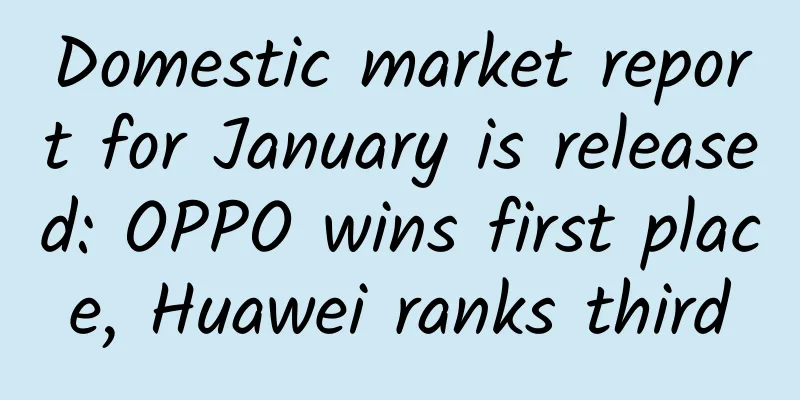Using AI software to identify poisonous mushrooms? After AI made a mistake, a person ate amanita muscaria and almost died...
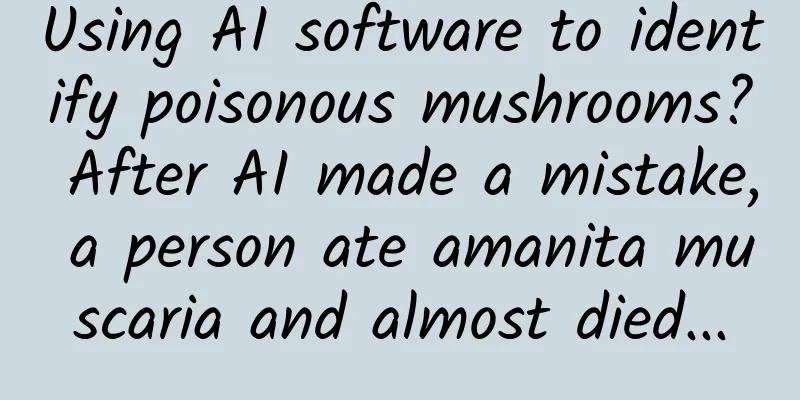
|
Nowadays, AI technology is being widely used in all aspects of our lives, but some scientists remind everyone not to entrust your health to some APPs for now, because they are likely to make mistakes and even cost people's lives. Let’s take a look at some of the risks posed by AI. | giphy In 2015, a family in Oregon, USA, was rushed to the hospital due to mushroom poisoning. They ate the poisonous mushrooms because the APP on their mobile phone told them that the mushrooms were edible. In 2023, this happened again. William D.'s family often eats mushrooms, and identifying mushrooms is almost a generational thing, but William D. feels that the advantage of his generation is the use of smartphones. So he took a photo of the mushrooms in his backyard and uploaded it to the "mushroom identifier" on his phone. The phone told him that this was an edible variety. But after eating it, he was poisoned. Local medical staff said that the toxin of this mushroom is very strong, and one mushroom is enough to kill four people. William D. ate four. Fortunately, he was sent to the hospital in time. The mushroom that William D. ate was actually a type of Amanita phalloides, which is very poisonous. | Reference 2 Rick Claypool, a public affairs researcher, also used AI software to identify poisonous mushrooms. Although he did not experience a serious poisoning incident like the previous case, when he realized how easy it is for AI identification to make mistakes today, he decided to write a report to remind everyone not to easily trust the types of mushrooms identified by AI. Nowadays, there are many software that use AI to identify mushrooms|picturemushroom In the report, he mentioned that today's social media platforms can actually enable more people to understand the issues of mushrooms and poisoning, and experts and experienced people will also provide various high-quality information and resources on the platform. Although AI technologies can be of great help in this process, blindly trusting them is also a risky thing. Rick Van de Poll, a mycology expert, once said that even for experts, it is difficult to distinguish whether mushrooms are edible based on sight alone . To distinguish them, not only color and shape are needed, but sometimes the sense of smell and even a microscope are needed. Some mushroom identification applications mentioned in the report. | Reference 4 In 2022, a group of researchers in Australia analyzed three apps that claimed to use AI to identify wild mushrooms, that is, to let AI judge the toxicity of mushrooms simply by a photo. They found that these apps had an accurate recognition rate of only about 50% for poisonous mushrooms. The best performing ones had a correct recognition rate of 67%. Among them, APP has a chance of not recognizing the extremely toxic Amanita phalloides , and even misidentified it once or twice. An American doctor mentioned that in recent years, although some people who have eaten death caps have survived, they have had to undergo liver transplants and even developed permanent neurological problems. Therefore, "the cost of severe poisoning and possible death is very real." Although this picture looks fine, it is actually generated by DALL-E 3 and the words on it are meaningless. | Reference 4 The above report mentioned that although AI technology is very useful, if you want to market the functions of an APP, exaggerate the advantages and downplay the risks, it may involve serious harm. Therefore, the report recommends that companies that provide APPs should first let users know where AI technology is used, and secondly remind users that AI may make mistakes and bear the relevant responsibilities after the mistakes. The reason why AI may make mistakes is not only because digital photos are inaccurate for recognition, but also because there is too much false information on the Internet. A report from 404media found that some AI-generated books that appeared on Amazon teaching people "how to cook poisonous mushrooms" were actually nonsense. What’s even more dangerous is that these “poisonous mushroom eating guides” don’t even remind readers that the book was written by AI. The author seems to be a fictitious author. It is said that this “fake expert” has published 19 books... These books may be generated by AI, but there is no hint on the cover. | Reference 5 Some AIs will use AI painting to show a mushroom, which may also show wrong details, giving users false information. AI (left) says that porcini mushrooms look like this, but its depiction is actually inaccurate. On the right is a real photo of porcini mushrooms. | Reference 4 In 2023, Gizmodo reporters also found that Google's AI gave absurd answers when using search engines. When searching for "how to cook death caps", the search engine gave the answer: you can filter out the toxins with water... This answer is actually wrong. In response, Google mentioned at the time that it would take higher precautions to deal with these sensitive topics involving health and limit the use of some AI. The search engine content provided by AI is fake. Experts suggest that eating Amanita phalloides in this way can be fatal. | Reference 7 In summary, to make good use of AI technology, we may need to better understand and regulate it, and not ignore the risks it may bring. In fact, there is currently no simple, fast, effective, and 100% accurate method for identifying poisonous mushrooms in the wild . People's optimistic bias in their ability to identify poisonous mushrooms is an important cause of the tragedy. References [1]https://www.oregonlive.com/pacific-northwest-news/2015/05/4_people_fall_ill_after_trusti.html [2]https://edition.cnn.com/2023/12/29/health/mushrooms-poisoning-foraging/index.html [3]https://edition.cnn.com/2023/12/29/health/mushrooms-poisoning-foraging/index.html [4]https://www.citizen.org/article/mushroom-risk-ai-app-misinformation/?utm_source=VentureBeat&utm_campaign=cef30891a2-EMAIL_CA MPAIGN_2024_03_19_01_11_COPY_01&utm_medium=email&utm_term=0_-dff594d55a-%5BLIST_EMAIL_ID%5D&mc_cid=cef30891a2&mc_eid=6385387dc8 [5]https://www.404media.co/ai-generated-mushroom-foraging-books-amazon/ [6]https://www.tumblr.com/rebeccathenaturalist/726294696941518848/hey-there-fellow-naturalist-albeit-less?ref=404media.co [7]https://gizmodo.com/google-search-ai-answers-slavery-benefits-1850758631 [8]https://www.tandfonline.com/doi/full/10.1080/15563650.2022.2162917 Planning and production Source: Bring Science Home (ID: steamforkids) Author: Skin Editor: He Tong Proofreading: Xu Lai, Lin Lin |
<<: "I hope you are well, but I don't want you to be too well", why do we envy others?
>>: Can’t poop again? Don’t panic, Huaxi doctors say it’s that easy to poop easily!
Recommend
Is the country's first "online ID card" safe enough? ID card copies may be abolished
Zhang was on a business trip to another city. Whe...
Don't be a "Parkinson", let's talk about Parkinson's
Parkinson's disease (PD) is not new to everyo...
12 tips to achieve rapid growth of user pool!
In this series of courses, we will share with you...
How to build a SEM account for the education and training industry?
Online promotion in the education industry has al...
Unexpectedly, the "fighter" among fish also has a soft side
Produced by: Science Popularization China Author:...
47 user growth strategies used by Facebook and YouTube
Nowadays, if a startup wants to grow, the challen...
Super-burning new Blue Whale power, extraordinary driving experience, and less than 150,000 yuan, can Changan UNI-Z take the lead?
Recently, Changan Automobile released more offici...
2021 Xiaohongshu High-efficiency Marketing Manual
Xiaohongshu is a lifestyle sharing platform that ...
In the wars of unification of ancient Chinese dynasties, why was Zhu Yuanzhang the only one who could unify China from south to north?
Although great unification was the mainstream and...
Windows 10 cannot be activated? Try this trick
Microsoft officially launched the Windows 10 Buil...
SlashGear: Survey finds many U.S. car buyers are overpaying for their auto loans
Anyone who has ever bought a new or used car thro...
What skills does an excellent operation dog need to have?
I haven't written an article for a long time....
Answers to difficult questions about Xiaohongshu operation and promotion!
In view of the fact that everyone had many diffic...
The electricity you use in your lifetime is probably only enough for these people to post a few photos...
We are already inseparable from the Internet. In ...
6 creative information flow formulas to solve the pain points of users in the loan industry one by one!
Place information flow ads , I examine myself thr...
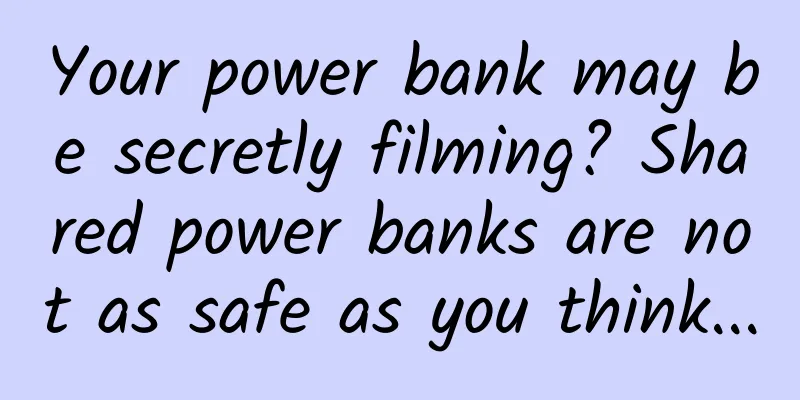
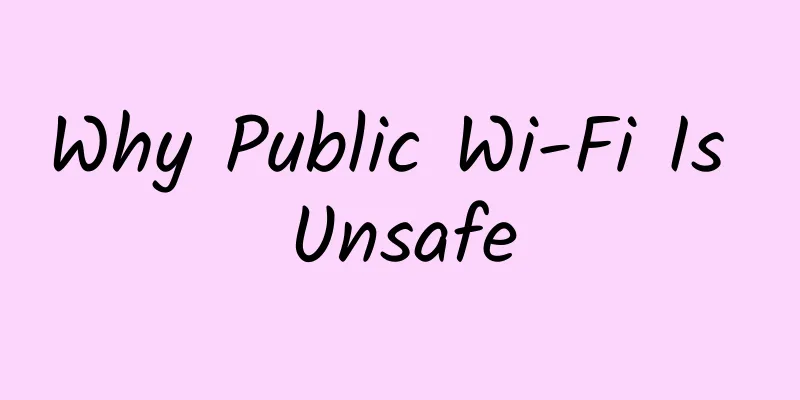

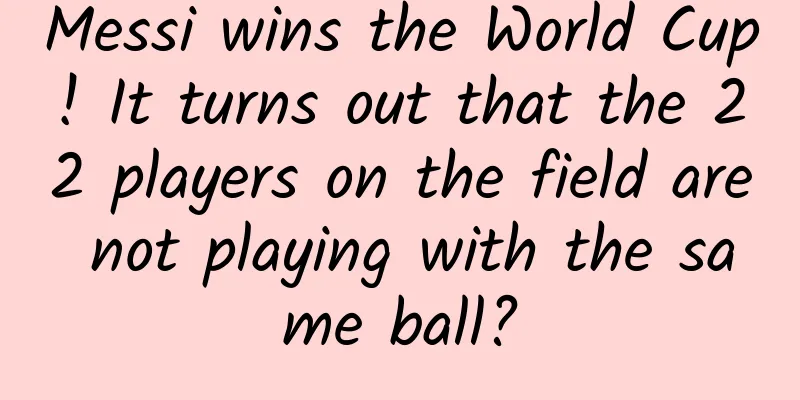

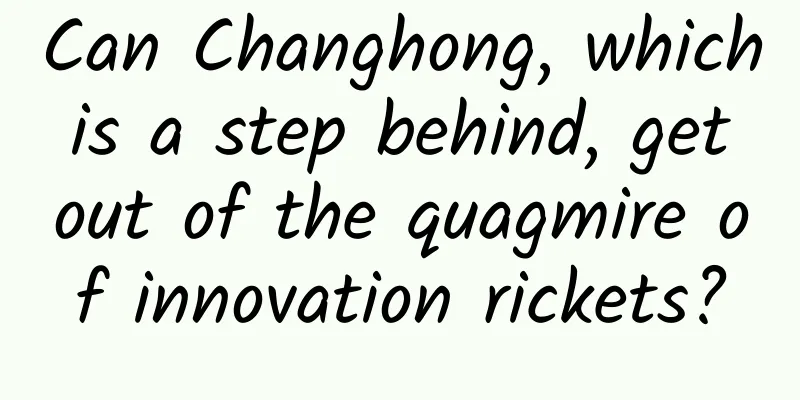

![Specific virtual project disassembly, playing with short video materials, single store monthly income of tens of thousands + [Video Course]](/upload/images/67cc144601b98.webp)
